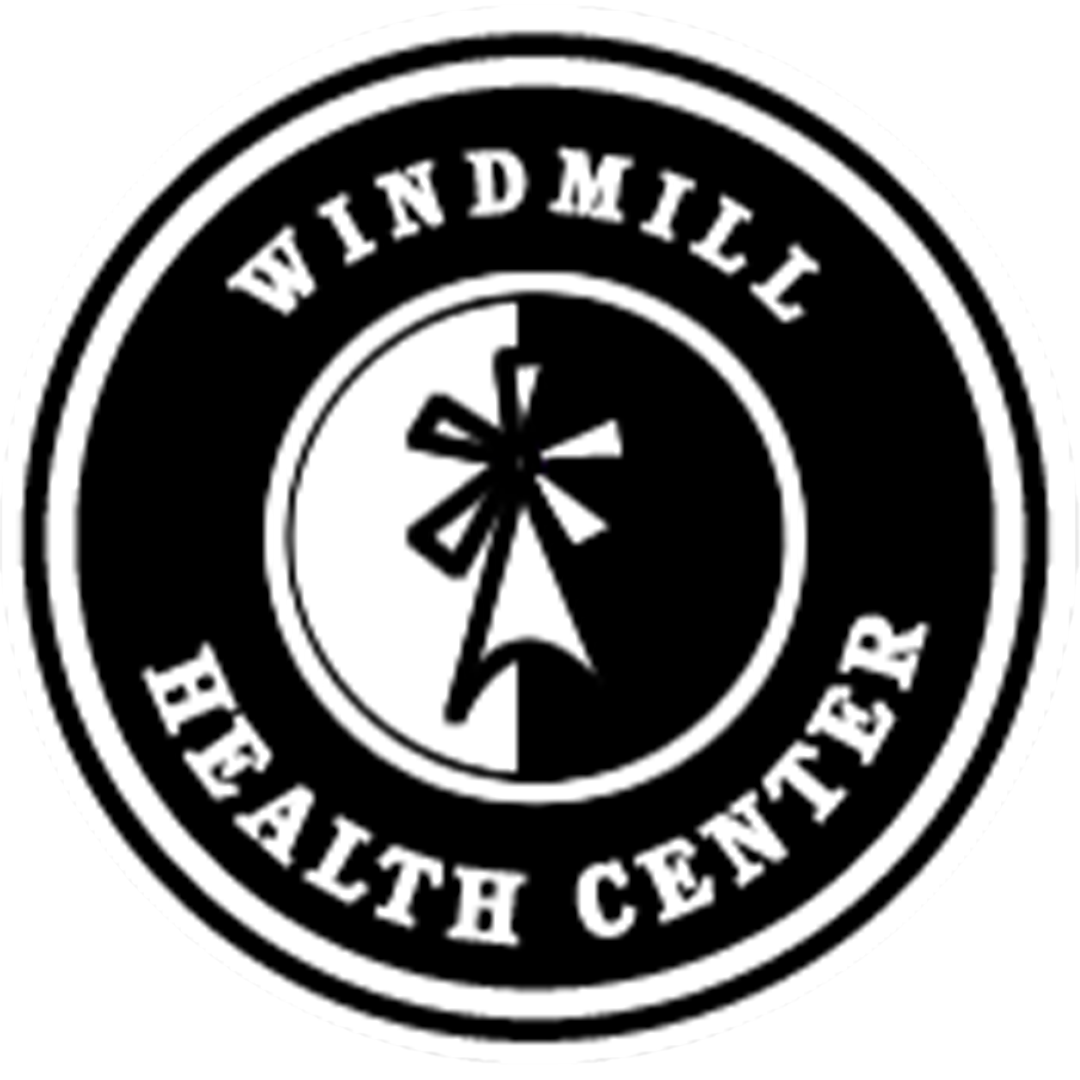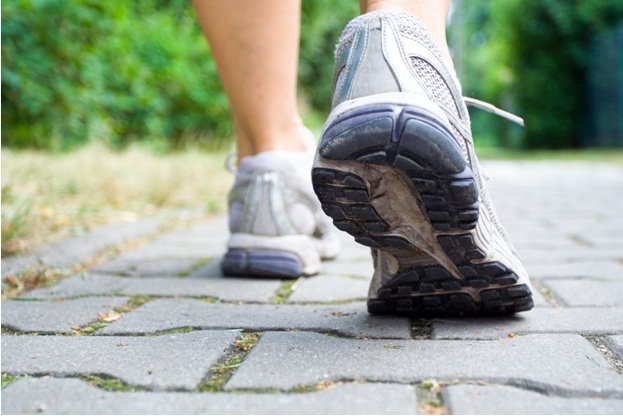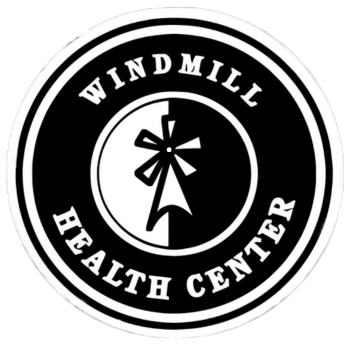When you stop to think about it, our feet and ankles are quite amazing. Composed of 26 bones and 33 joints, this intricate system provides balance for our entire body when we walk, run, stand, and jump, all without the need for a second thought. But did you know your feet can also help diagnose problems in your back?
Our feet and spinal system are constantly interacting throughout the day to perform daily tasks. To the trained eye, even the slightest of changes in gait could be the sign of a more serious condition that originates in the back, especially if it is accompanied by chronic pain or numbness in the legs. Following are some of the most common foot problems that affect natural movement and ways to determine if they may be symptoms of an issue that originates in your spine.
Walking on Tip Toes
Walking on tip toes, or toe walking, is one of the most easily identifiable issues with a person’s gait and is related to overactive muscle tone usually caused by stretch receptors that fire in the brain. Although common for children between the ages of 2 and 5, this condition can be found in people of all ages and is most often the result of damage to the high spinal column or brain, such as cerebral palsy or spinal cord trauma.
Not Walking on Tip Toes
On the other end of the spectrum is the difficulty walking on the tip toes. If pain developing in the bottom of the foot makes it difficult for you to walk on tip toes, it could be a sign that the sciatic S1 nerve is affected. Other symptoms may include weakness in the gastonemius muscle and trouble performing even the simplest of daily tasks without pain, such as walking or driving.
Foot Drop
Foot drop, also called drop foot, refers to a weakening of the muscles that aid in flexing the ankle and toes. This results in a weak and heavy feeling that causes people to drag the front of their feet while walking or audibly slapping their foot on the ground with each step. This is usually accompanied by pain that travels along the outside of the leg and over the big toe. Foot drop could be a sign of sciatica caused by the L5 nerve root, as well as a ruptured disc in the back.
Heel Walk
 Heel walk is a term describing the restricted ability to bring the foot upward when walking. This condition may be accompanied by numbness in the middle lower leg or foot and often leaves people walking primarily on their heels. Heel walk may be a sign that one of the spinal nerve roots in the lower back is affected and unable to innervate the sciatic nerve.
Heel walk is a term describing the restricted ability to bring the foot upward when walking. This condition may be accompanied by numbness in the middle lower leg or foot and often leaves people walking primarily on their heels. Heel walk may be a sign that one of the spinal nerve roots in the lower back is affected and unable to innervate the sciatic nerve.
Treating Foot Problems through Chiropractic Treatment
It is important to remember that these issues in gait may also be caused by several external factors, and not all are the result of problems that originate in the spine. However, if the condition is in fact caused by an injury to the spine, treating the back through chiropractic care may help relieve these problems and chronic pain. Through targeted adjustments, massage therapy, and therapeutic exercises, chiropractors can alleviate pressure on the spinal nerves that lead to changes in gait. Once injuries to the spine are treated, the nerves will be better able to perform their vital functions, in turn alleviating the foot conditions mentioned above.
If you or a loved one shows any signs of the aforementioned changes in gait, contact Windmill Health Center for an evaluation. Once the underlying cause of the condition is located, our team will develop a unique treatment plan to alleviate your pain and get your natural gait back in order, all without the need for invasive surgery.
About the Author:
Dr. Marc Browner is a Co-owner and practicing chiropractor at Windmill Health Center in Weston, Florida. A graduate of the University of Florida in 1991, he earned his Doctor of Chiropractic degree from Life Chiropractic in 1995. In private practice since 1998, Dr. Browner is a member of the Florida Chiropractic Society, the Florida Chiropractic Association, and he attends continuing education seminars, classes, and workshops to remain abreast of the most current treatment methods and technological advances in the field.


